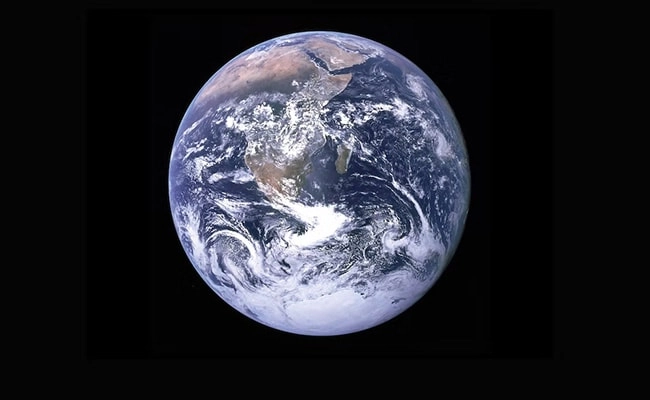Scientists have made a groundbreaking discovery by confirming that the oldest rock on Earth is over 4 billion years old. This finding sheds light on the early conditions of our planet and provides invaluable insights into its geological history. The rock, a type of granite known as Acasta Gneiss, was found in the Slave Craton of northwestern Canada. Its age has been determined through advanced radiometric dating techniques, which measure the decay of isotopes within the rock. This remarkable age not only highlights the Earth’s ancient origins but also raises intriguing questions about the processes that shaped its early crust.
The Acasta Gneiss formation is significant because it represents some of the earliest solidified material from the Earth’s crust. By studying this ancient rock, scientists can glean information about the planet’s primordial environment, including its temperature, atmosphere, and the conditions under which the early crust formed. Researchers believe that analyzing such ancient geological materials can also provide clues about the potential for life on early Earth, as well as the factors that contributed to the development of a habitable environment.
This discovery is part of a broader scientific effort to understand the timeline of Earth’s formation and the evolution of its crust. As researchers continue to investigate ancient rocks, they are piecing together a more comprehensive picture of the planet’s geological history. The confirmation of the Acasta Gneiss as the oldest rock not only pushes back the timeline of Earth’s crustal development but also highlights the resilience of geological materials over billions of years. Such findings underscore the importance of studying Earth’s oldest rocks, as they hold the key to unraveling the mysteries of our planet’s formative years and its transition into a world capable of supporting life.




